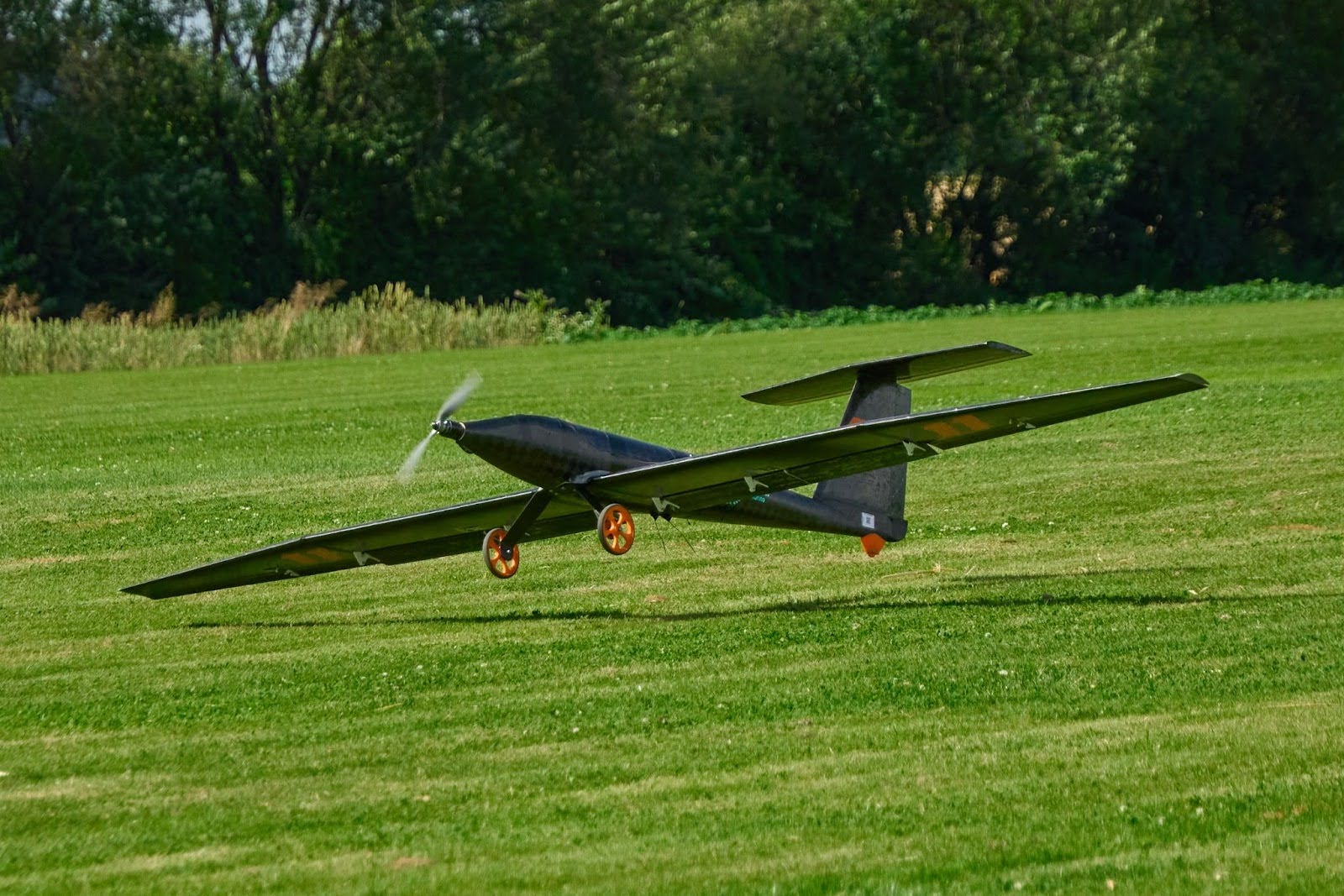
ACC
We design, build and fly cargo UAVs to compete in the Air Cargo Challenge, an international aeronautical competition. The goal of the ACC is to carry the highest possible payload while completing a specific mission, which changes every edition and usually focuses on speed and efficiency.
AIR CARGO CHALLENGE
The Air Cargo Challenge takes place every two years and is hosted by the university that won the previous edition, which is also responsible for defining the rules and composing the jury. Since the regulations and mission change each time, we must develop a brand-new aircraft for every competition, building on the experience gained from previous editions. We handle every phase of the project – from the initial design to the construction of the model and a rigorous flight test campaign.
Our team is organized into three main sections: Flight Mechanics, Aerodynamics, and Structures. Developing a competitive aircraft requires close collaboration, so these sections work side by side throughout both the design and building phases, in coordination with the team’s IT area.
The next edition will be ACC 2026, which will take place in Stuttgart, Germany. This time, the mission is to carry as many 0.33 L soda cans as possible while flying as fast as we can. Besides speed and payload, the scoring will also reward short takeoff distances and fast loading/unloading times, while applying penalties for exceeding current limits.
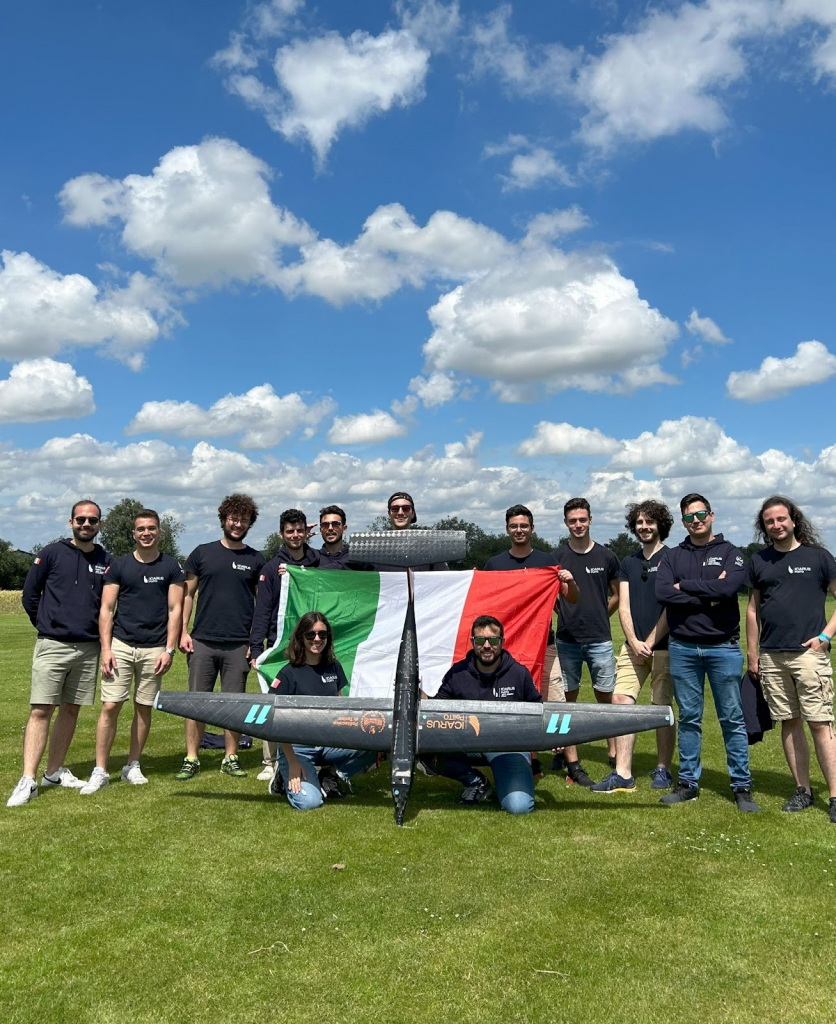
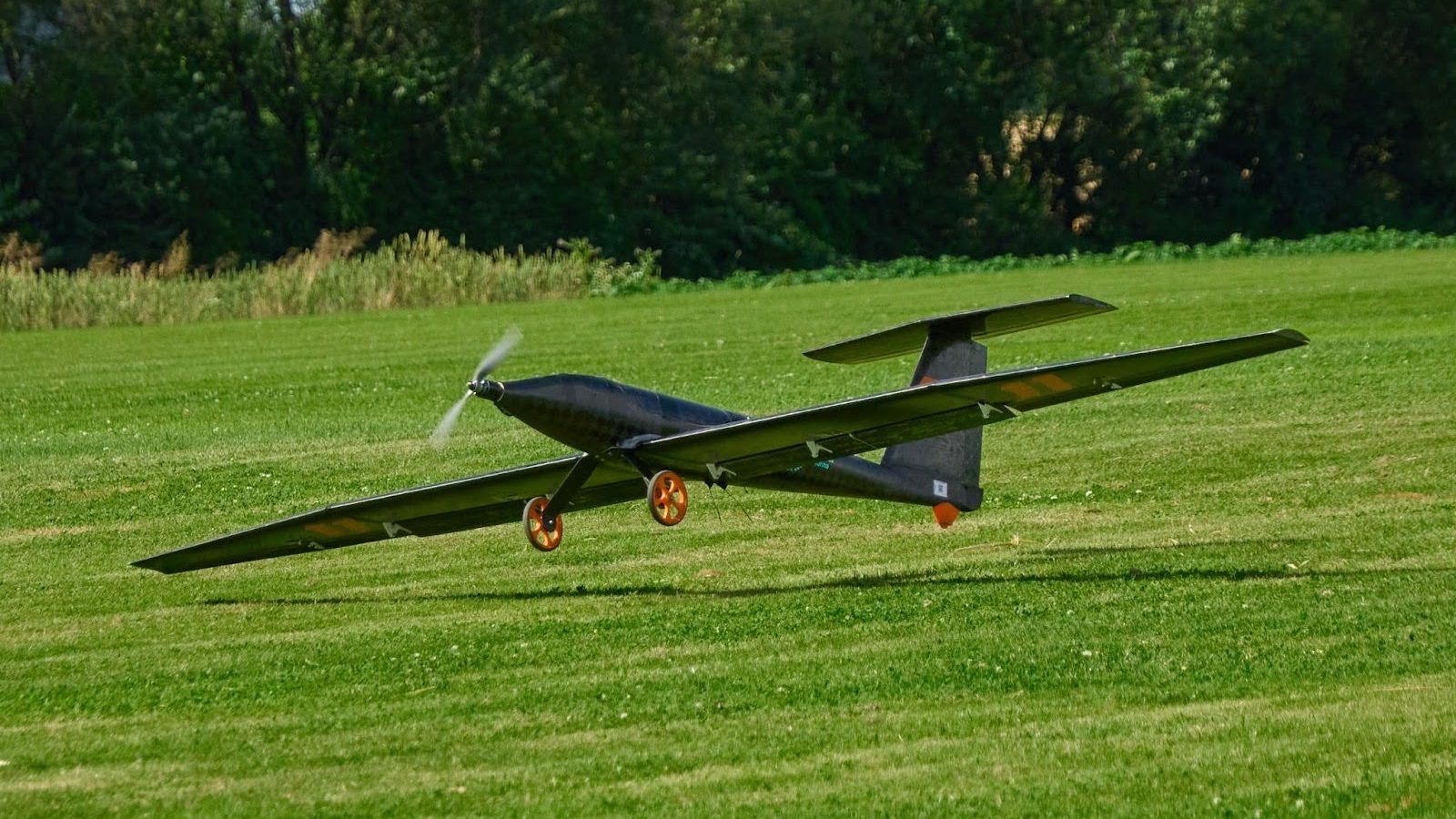
SIRIUS
Sirius is the aircraft model that took part in the Air Cargo Challenge 2024, held in Aachen, a competition whose goal was to transport billiard balls. Scoring was based on efficiency, speed, the amount of payload carried, and a bonus awarded for taking off within 40 meters. All of this was governed by a strict rule on current consumption: at every stage of the flight, including takeoff, the electric motor’s current draw could not exceed 30 amperes.
Thanks to Sirius, our team achieved the best result in its history, securing an excellent fourth place out of thirty participating teams.
Technical Specifications
Wingspan: 2.8 m
Total length: 1.4595 m
Wing area: 0.624 m²
Operational empty weight: 2.5 kg
Cargo bay capacity: 17 billiard balls
Flap type: slotted
Materials used: Carbon fiber, Poplar plywood, Balsa wood, Fiberglass, Kevlar
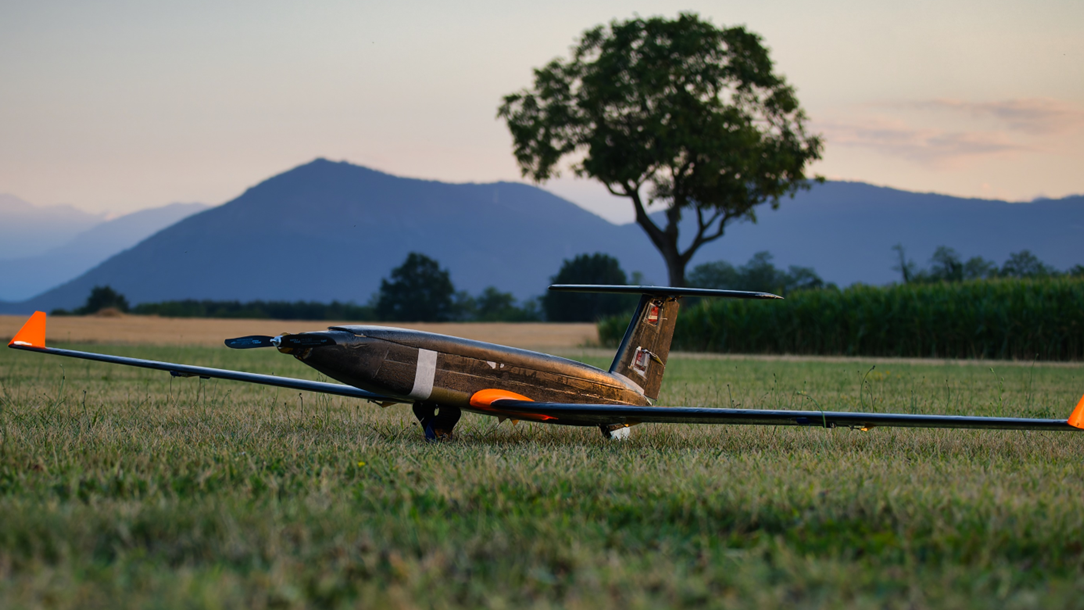
ICHOR
Ichor is the aircraft model that competed in the Air Cargo Challenge 2022, held in Munich, Germany. Scoring combined several key factors: energy efficiency, mission speed, payload capacity, and precision in takeoff and landing, with additional bonus points for taking off within a 60-meter runway. The mission required an initial climb within 60 seconds, followed by a maximum flight duration of about two minutes, and a safe landing with a rapid payload drop-off.
Teams were also evaluated on their ability to assemble and disassemble the aircraft quickly, to provide clear team identification, and to swap payloads efficiently, reflecting the simulated scenario of a medical emergency. Thanks to these efforts, our aircraft achieved an excellent 12th place overall.
Technical Specifications
Wing area: 0.379 m²
Wingspan: 2,37m
Mean Aerodynamic Chord (MAC): 0.167 m
Aspect ratio: 14.825
Single-wheel landing gear
Operational empty weight: 2 kg
Materials used: Carbon fiber, Poplar plywood, Balsa wood, Fiberglass, Kevlar
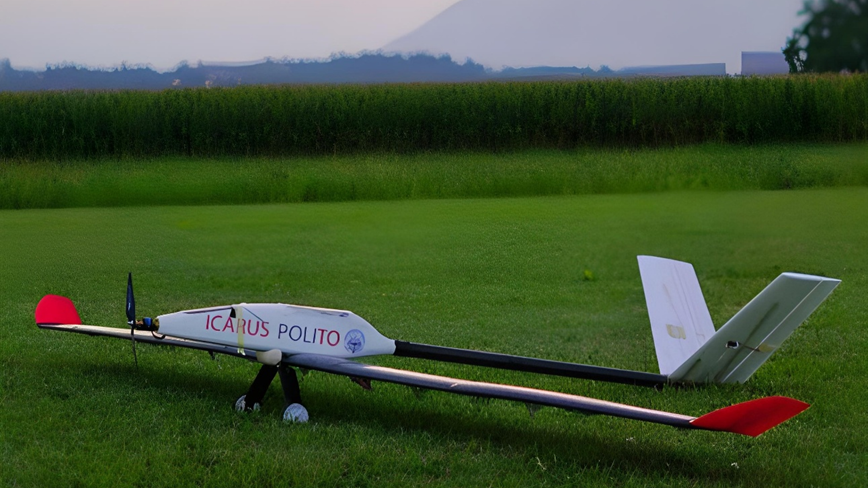
VEGA
Vega is the aircraft model we have developed for the Air Cargo Challenge 2019 in Stuttgart. It is the largest UAV ever built by the ACC section of our team, designed to carry as many steel plates as possible while completing a speed task. The competition also rewarded short landing distances, efficient loading and unloading times, as well as accurate payload prediction during the design phase. Thanks to Vega, we achieved an excellent 6th place.
Technical Specifications
Wingspan: 4.3 m
Wing area: 1.15 m²
Operational empty weight: 4 kg
Maximum payload: 12 kg
Flap type: slotted
Materials used: Carbon fiber, Kevlar, Coremat, Balsa wood
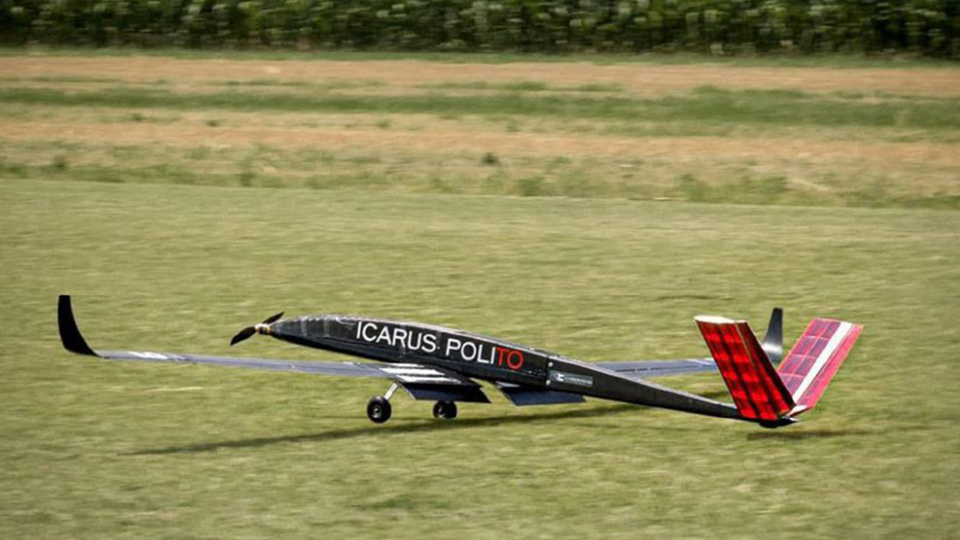
ANUBI
Anubi was developed to participate in ACC 2019 in Zagreb. It was the very first aircraft built by the Icarus Team, designed to carry a payload of steel plates while completing a 1000 m course in the shortest possible time. Anubi performed remarkably well, securing 9th place in the competition.
Today, it is being used by the PhotoNext research group in the Department of Mechanical and Aerospace Engineering at PoliTO, where it has been equipped with innovative systems, including optical fiber sensors, to perform structural monitoring on the aircraft in real time during its flight.
Technical Specifications
Wingspan: 3.8m
Wing area: 0.73 m²
Payload: Iron plates
Materials used: Carbon fiber, Epoxy resin, Rohacell foam
